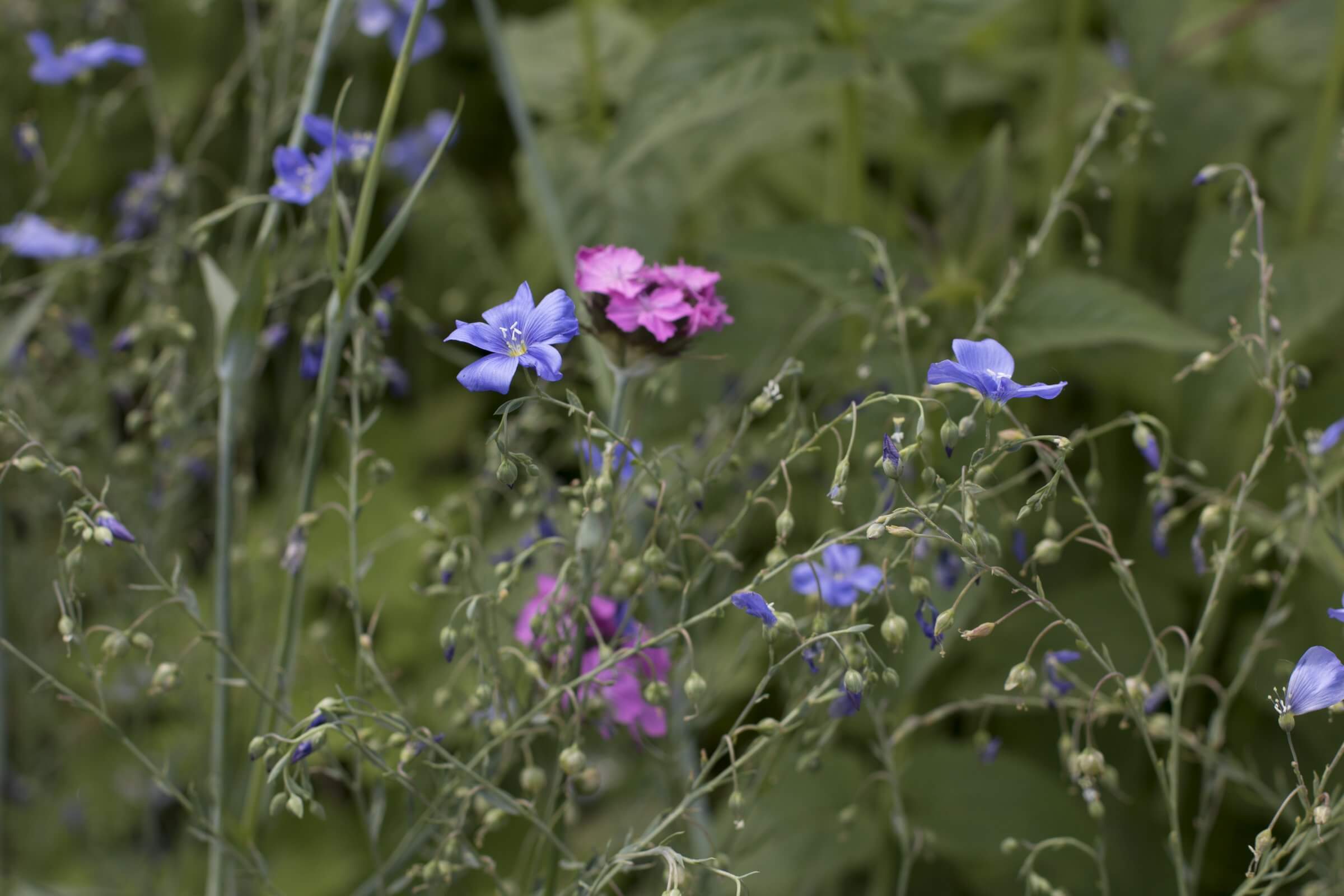Samara National Research University scientists will send a batch of seeds of rare plants into orbit as part of the experiment. These seeds were obtained from plants grown in the University’s Botanical Garden from seeds that had previously been in space aboard the Bion-M spacecraft. The purpose of the experiment is to evaluate the possible influence on plant development of space flight factors repeated in generations. No similar experiment has ever been conducted in space before.
“As part of the experiment, specialists of the Samara University’s Botanical Garden will send seeds of more than 30 species of rare plants listed in the Red Book of the Samara Region into space on board the Bion-M2 spacecraft. Among these seeds, there are “descendants” of plants grown from seeds that visited space aboard the first Bion-M in 2013.
Following the results of the new flight, scientists will assess how staying in orbit will affect germination of these seeds and post-flight development of their seedlings, and will try to analyze the effect of the repeated impact of space factors on plant generations,” said the Head of the Department of Ecology, Botany and Nature Protection of Samara University Lyudmila Kavelenova.
Over the long history of space exploration, seeds of various plants have been in orbit more than once. As you know, the idea of growing plants in space was suggested by Konstantin Tsiolkovsky, the founder of modern cosmonautics, and in 1960, together with Belka and Strelka, on board the Sputnik-5 spacecraft, not only forty nameless mice, but also onion seeds, peas, wheat and corn flew into space. Currently, no one is surprised by space gardens and plant beds in orbit – lettuce and peas, wheat and radish and other edible plants have been successfully grown in space for a long time.
The uniqueness of the experiment conducted by scientists from Samara University is that the object of their research are seeds not of agricultural crops, but of plants of natural flora, moreover ones of rare species, grown from seeds that have already been in space. The experiment should also help answer the question of whether it is possible to create the backup storage in space for seeds of terrestrial plants, i.e. a kind of the orbital seed bank, in case of some earthly cataclysm. Currently, in various countries of the world, seed banks are becoming more widespread, however the idea of creating the orbital storage also has the right to exist and to be verified.
“Our experiment is unique in itself, and this uniqueness is determined by the selected objects of research – seeds of rare plants of natural flora. All previously conducted experiments with plant material in the world were aimed at researching agricultural species, for the purpose of growing plant food in the Earth orbit or in future interplanetary flights.
The original goal of our experiment was completely different. We asked questions: “What will happen to the seeds of natural flora in near space? How will this affect the plants and their descendants? Is it possible, in principle, to create the orbital space seed bank as a long-term storage?”
The fact is that rare plants are physiologically more sensitive to changes than resistant species of cosmopolitan plants, which are usually widespread everywhere on almost all continents. Therefore, rare plants of natural flora can show more clearly how much the space flight factors can affect plants,” said Elena Pavlova, an employee of the Flora Department of the Botanical Garden.
According to Elena Pavlova, both “children” of plants-cosmonauts, i.e. seeds obtained from plants grown from the seeds to have been in space, and “grandchildren”, i.e. plant seeds in the second generation, will fly into orbit.
“The experiment will involve, for example, seeds of Dianthus Andrzejowskianus, Linum perenne, Pulsatilla patens, Iris pumila – all these are perennial herbaceous plants to be found in the Samara Region.
Linum perenne, Pulsatilla patens, and Iris pumila are included in the Red Book of our region. In case of Dianthus Andrzejowskianus and Linum perenne, we will use seeds of their descendants in the second generation, i.e. their future “grandchildren”, and in case of Pulsatilla patens and Iris pumila – only their “children”. Moreover, in the experiment, seeds of plants that we have not previously studied in the space aspect will participate,” Elena Pavlova explained.
Field experiments conducted with seeds after the flight of the first Bion-M in 2013 showed that space undoubtedly had a stimulating effect on a number of plant species: the soil germination of seeds of the plants was 70–80 %, compared to 30–50 % germination for seeds that did not fly into space. Besides, unusually large specimens were observed in the groups of plants-cosmonauts, which were in development noticeably ahead of the plants from the reference group.
For reference
According to open sources, the Bion-M2 satellite is planned to be launched in 2023–2024. Mice, fruit flies, fungi, bacteria, and cellular tissues will fly into space for a month. The flight will take place in the orbit of about 800 km high. At this altitude, the space radiation rate is about ten times higher than in the orbit of the first Bion-M.
The main goal of the scientific program in the Bion-M2 project is researching biological effects of weightlessness and high rates of space radiation on living organisms at the systemic, organ, cellular and molecular levels. The leading role in formation and implementation of the scientific program belongs to the Institute of Biomedical Problems of the Russian Academy of Sciences.
“Bion” is a series of domestic spacecraft for biological research. From 1973 to 1996, 11 satellites of this series were launched into space, several-dozen types of biological objects visited space – unicellular organisms, plants, insects, fish, amphibians, turtles, rats, monkeys. In April 2013, the first upgraded biological satellite Bion-M was launched. Its “crew” included mice, desert rats, geckos, snails, crustaceans, fish and various microorganisms.
 RU
RU  EN
EN  CN
CN  ES
ES 
.jpg)
.jpg)
.jpg)
.jpg)
